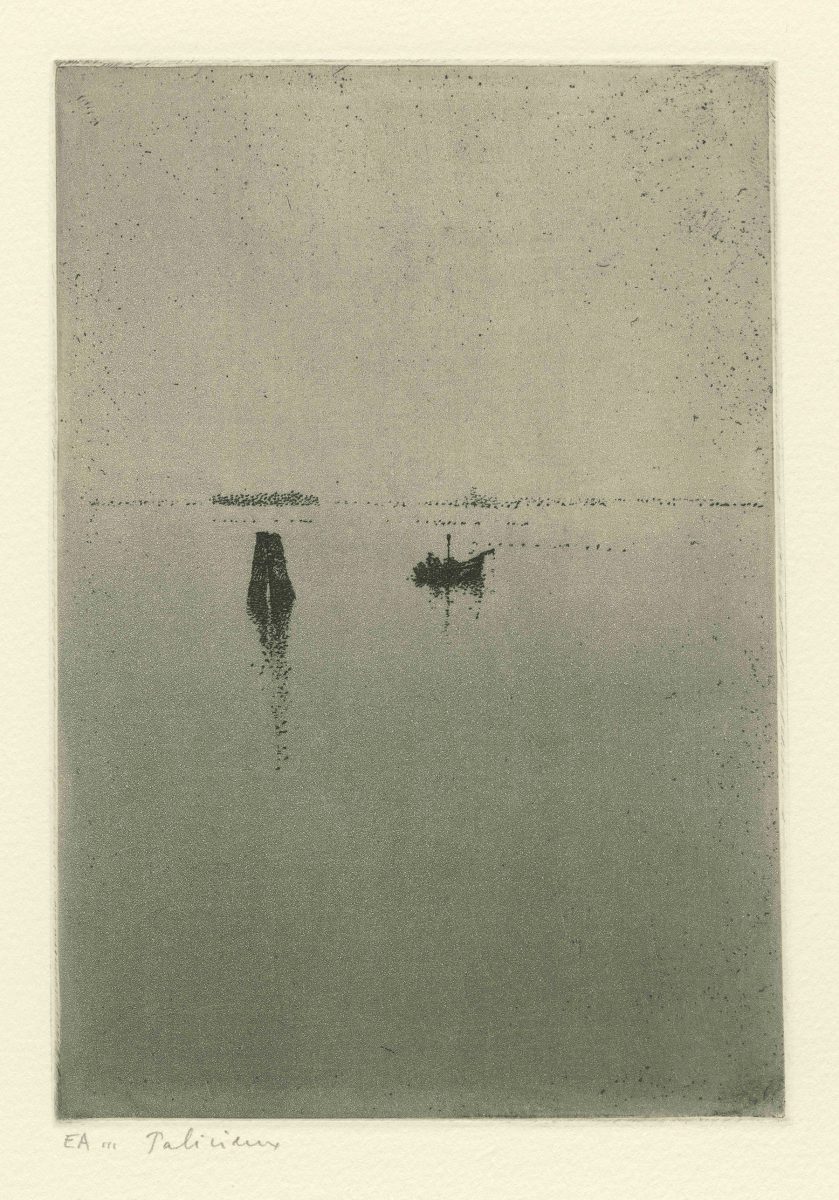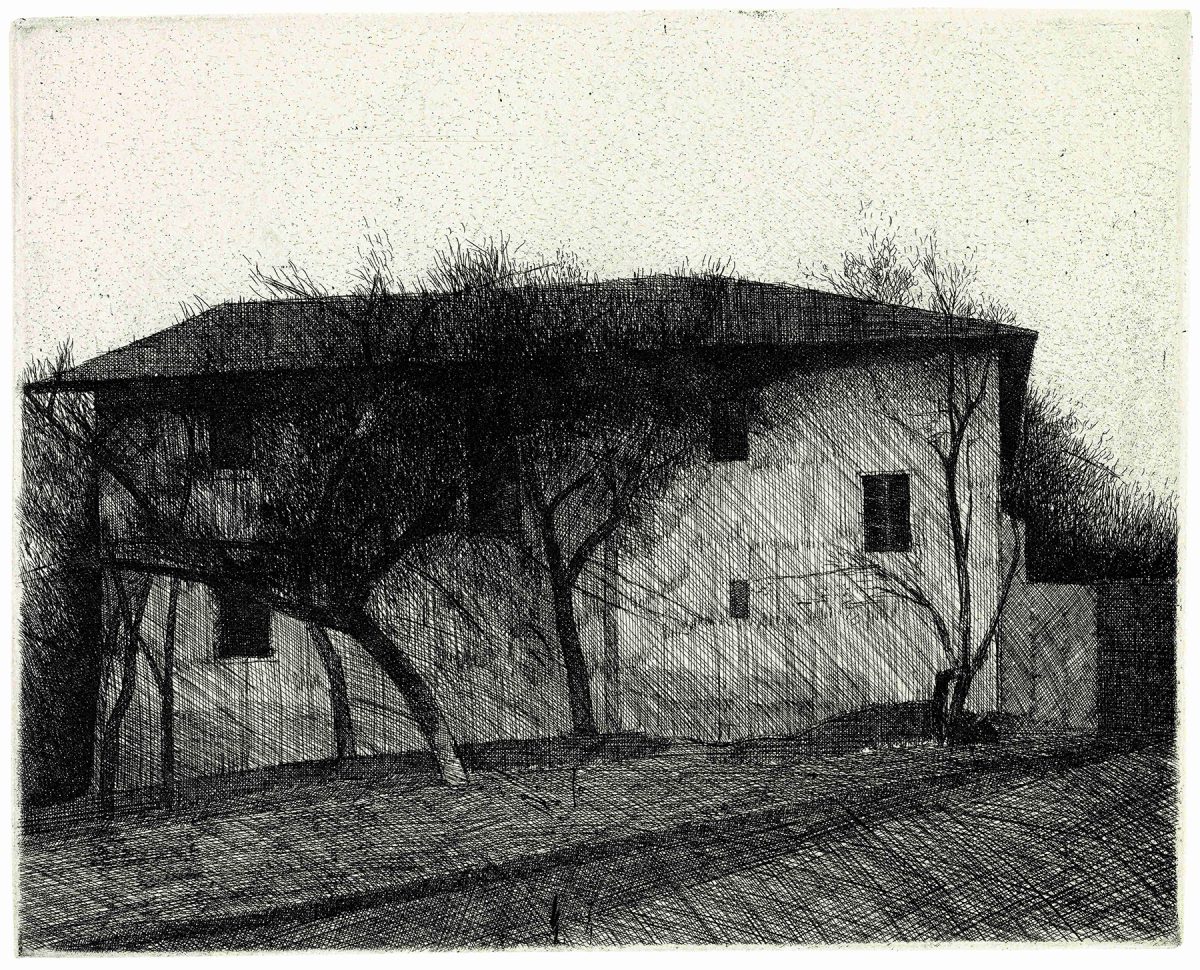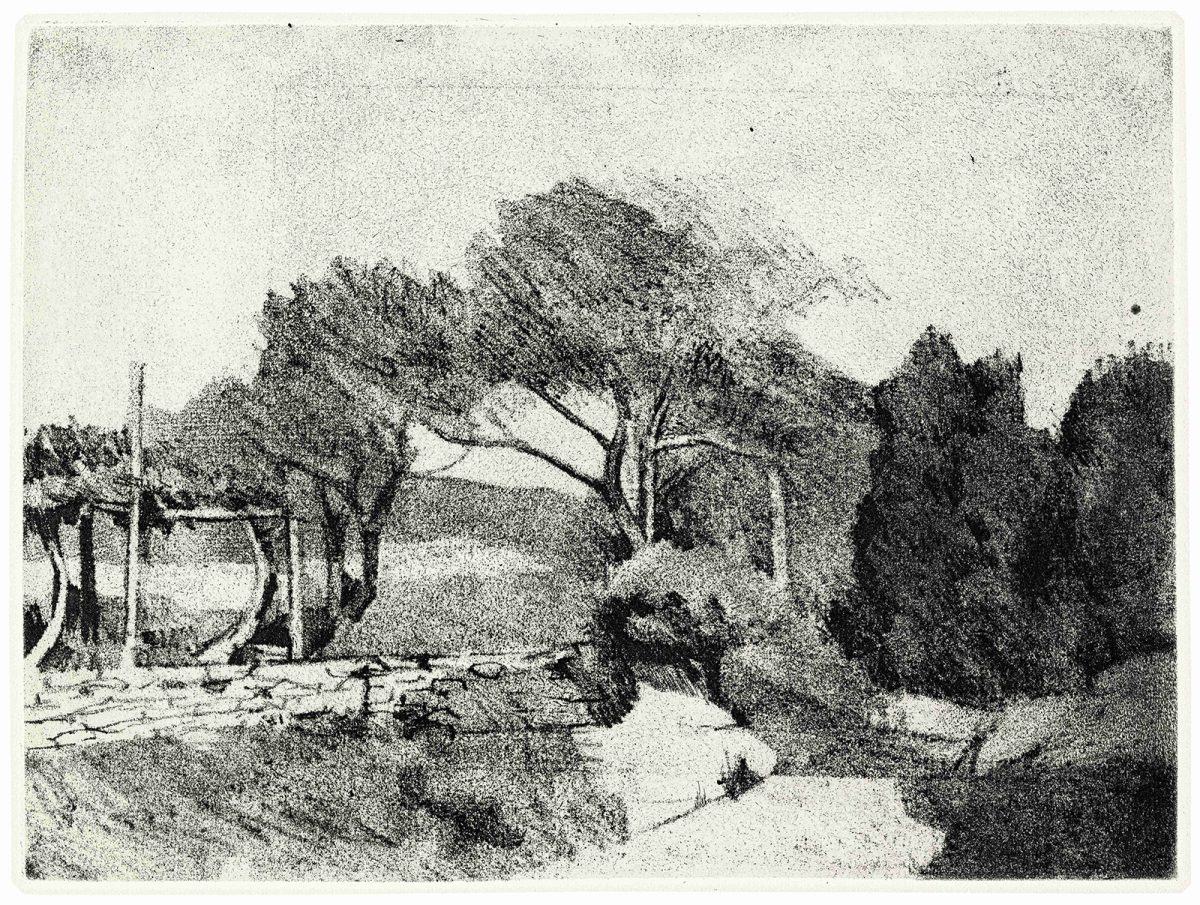Gérard de Palézieux was an artist of exceptional discretion, renowned not only as a painter, engraver and draughtsman with an extensive body of work, but also as the founder of the Fondation William Cuendet & Atelier de Saint-Prex. Throughout his life, he exhibited a deep respect for tradition and built an impressive collection, which he generously bequeathed to the Foundation at the end of his life.
After studying at the École des Beaux-Arts in Lausanne until 1939, Palézieux left to explore Italy, where he remained for several years, his plans interrupted by the war. He enrolled at the Academy of Fine Arts in Florence and immersed himself in the local art scene, working in the studio of a local artist and spending his summers sketching the stunning Tuscan countryside. It was during this period, near the end of the war, that he discovered the work of Giorgio Morandi, who would also become a valuable friend. In Italy Palézieux was also introduced to engraving, a medium that would remain essential to his practice.
In 1943 Palézieux returned to Switzerland, later settling in Veyras, near Sierre, where he lived until his death in 2012. Over the decades, he quietly produced a delicate yet prolific body of work that included paintings, watercolours, drawings and engravings, all marked by a remarkable level of technical skill and aesthetic rigour. Palézieux's engravings, totaling nearly 1,200 and created over more than sixty years, primarily depict still lifes and landscapes, particularly those of the Valais region, along with other dear locales such as Grignan, Tuscany and Venice. Although less frequent, human figures, particularly female nudes, also appear in these works.
A friend to poets such as Gustave Roud, Maurice Chappaz, Yves Bonnefoy and Philippe Jaccottet, Palézieux illustrated many of their writings. Technically, Palézieux initially favored precise compositions based on a unique system of interlocking forms. Beginning in the late 1970s, however, after turning seriously to watercolour, he began incorporating soft ground etching and aquatint into his compositions. Inspired by the technical innovations of admired artists such as Degas and Claude Gellée, he was able to achieve sophisticated tonal effects in his etching that rivaled those found in painting. Always working on copper, he also explored lithography and monotype techniques.
In 1993, Éditions Skira published a book on Palézieux featuring essays by Yves Bonnefoy and Florian Rodari, and in 2019, a major retrospective of his work was held at the Fondation Custodia in Paris and the Fondation William Cuendet & Atelier de Saint-Prex at the Musée Jenisch in Vevey.
The Fondation William Cuendet & Atelier de Saint-Prex houses all of Palézieux's prints, the proofs derived from them, various oils and watercolours, an extensive collection of drawings and notebooks, as well as most of the illustrated books by this important engraver.




